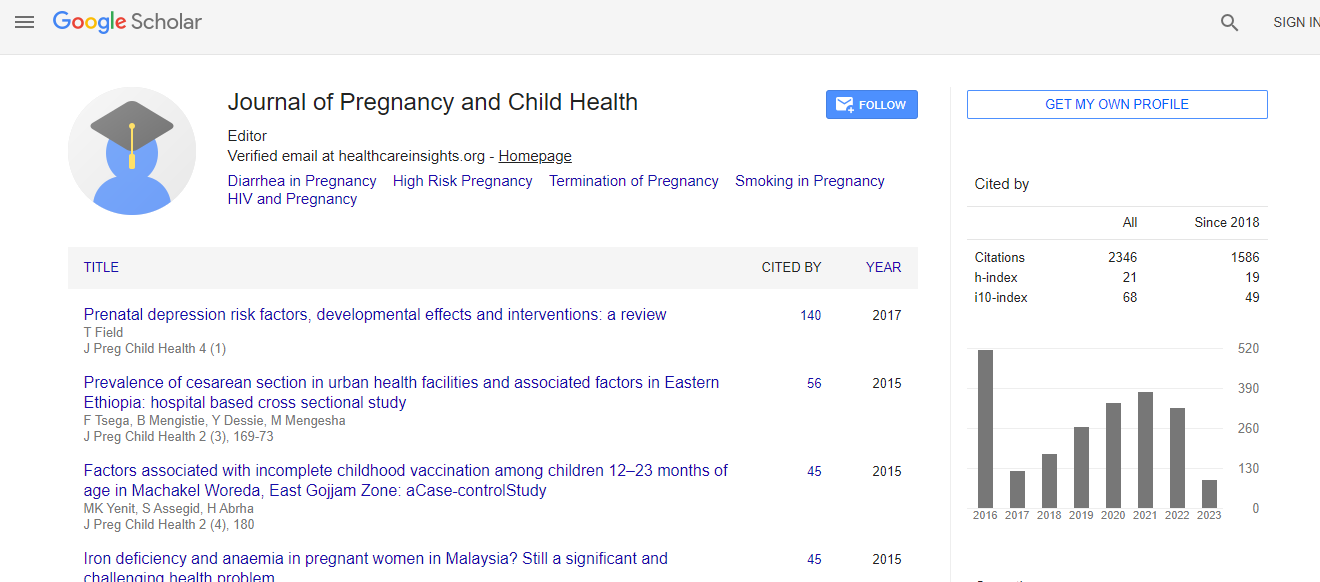Research Article
Metrological Assessment of Infrared Tympanic Thermometers: A Safety Measure
| Ana Luisa Silva1, Claudia Pereira1, Sílvia Moutinho1, Cecilia Rodrigues2, Idalina Beirao2 and Humberto S Machado3* | |
| 1Quality Management, Quality Department, Hospital Port Center, EPE, Porto, Portugal | |
| 2Clinical Governance, Quality Department, Hospital Port Center, EPE, Porto, Portugal | |
| 3Anesthesiology Department, Hospital Port Center, EPE, Porto, Portugal | |
| *Corresponding Author : | Humberto S Machado Anesthesiology Department, Hospital Port Center EPE, Porto, Portugal Tel: 351-935848475 E-mail: hjs.machado@gmail.com |
| Received date: Feb 24, 2016; Accepted date: Apr 01, 2016; Published date: Apr 07, 2016 | |
| Citation: Silva AL, Pereira C, Moutinho S, Rodrigues C, Machado HS, et al. (2016) Metrological Assessment of Infrared Tympanic Thermometers: A Safety Measure. J Preg Child Health 3:240. doi:10.4172/2376-127X.1000240 | |
| Copyright: © 2016 Silva AL, et al. This is an open-access article distributed under the terms of the Creative Commons Attribution License, which permits unrestricted use, distribution, and reproduction in any medium, provided the original author and source are credited. | |
Abstract
Background: There are different temperature readings in different body sites that are estimated values of the core temperature. The IR tympanic thermometers measure the thermal radiation of the tympanic membrane. These devices are often considered the best non-invasive and most accurate technique to measure body temperature. The incorrect use and the features of the IR tympanic thermometers may lead to significant errors in temperature readings. A metrological approach allows the analysis of the accuracy of the IR tympanic thermometers when compared to a standard electronic device. The main purpose of this study was to assess the measuring errors of the infrared (IR) tympanic thermometers over time and to decide the best time interval between metrological assessments. Methods: The metrological control of IR tympanic thermometers (n=125 used in adult and n=21 in paediatric patients) was based on the comparison with a thermal imaging black body device. An acceptance criterion (AC) of ±0.2°C was considered for metrological control. Results: 93.90% of the errors of low temperature readings (32°C) and 94.24% of the errors of high temperature readings (40°C) were within the acceptance criterion (±0,2°C). Results show 6% of the errors out of specifications. The maximum and minimum errors were +2.5°C and –0.8°C and +0.8°C and -5.2°C for low and high temperatures, respectively. For high temperatures the errors decrease gradually over time unlike to the observed regarding the low temperatures. Conclusions: The variability of errors might be device related; nevertheless it does not preclude its reliability. Significant errors were not found. The accuracy of the IR tympanic thermometers improved over time for high temperatures. Regular metrological assessments are needed to identify errors and assure a good performance of the IR tympanic thermometers.

 Spanish
Spanish  Chinese
Chinese  Russian
Russian  German
German  French
French  Japanese
Japanese  Portuguese
Portuguese  Hindi
Hindi 
